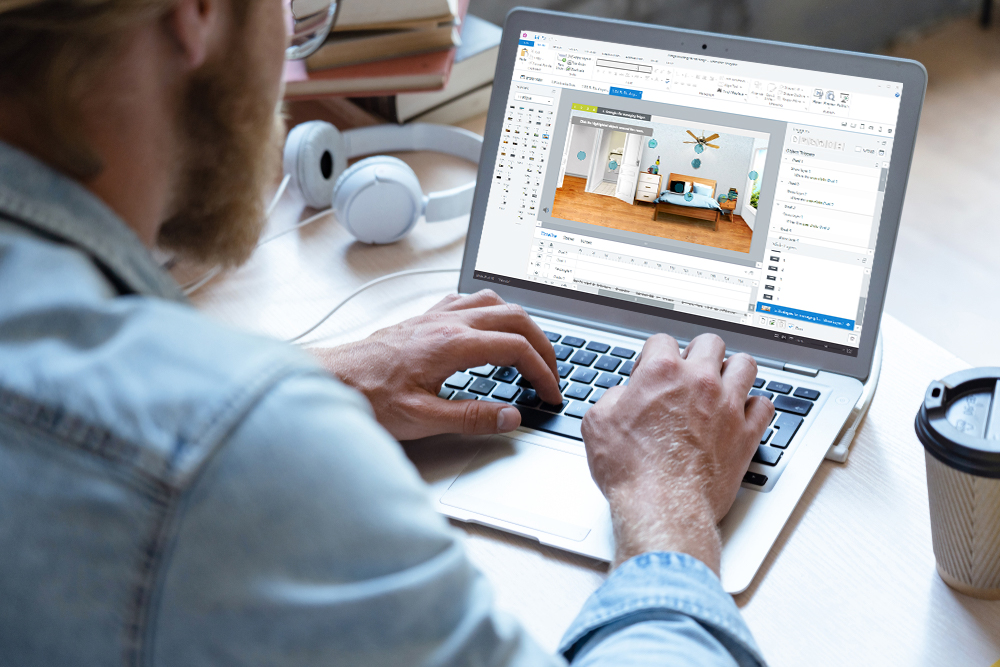
One of the most important things we need when designing anything is Inspiration. Where do we get our ideas from for a design? How do we get creative? Everyone is creative at their core. Even those who don’t think they are.
The crux of creativity is having the courage to explore, experiment and learn! Here are some basic principles, rules and methods that allow you to produce some top-looking designs in your eLearning.
The C.R.A.P. principles of design lie at the heart of visual design. Everything else builds from, or on top of, these when you are creating a design. Delve into the links below for more information.
- Contrast simply means ‘difference’. A boring design is where everything looks the same. If you want to draw people’s attention to something specific, make it look different. It engages our brain and gets it thinking. We notice things that look different.
- Repetition simply means reusing graphics and elements to give a sense of unity to the information you are communicating. Good repetition is when you use consistent colouring, typefaces, image styles and (to a degree) layouts. If you use a template or style guide to design a course, then you have repetition already built in. Repetition shows that the slides belong together. An example of poor repetition is when every slide in your course uses different styles, fonts, or colours.
- Alignment. Nothing in your module design should look like it was placed randomly. Always try to align assets (graphics, text boxes, shapes) with other assets. A grid is your best friend when it comes to aligning items on your page. One of the best-kept secrets in your authoring software is the ‘align’ menu option. Practice using it all the time. Having everything aligned on your page registers subconsciously in the learner as a much cleaner layout and is easier for them to process as a whole.
- Proximity is simply moving things closer or further away from each other to achieve a better ‘look’. Items that relate to each other should be grouped together, so they are viewed as a whole, not as individual components. The learner shouldn’t have to translate what subtitles or captions belong to what images, videos or media. By grouping the relevant caption with its item, the learner doesn’t have to think about what belongs with what, and their brain power is focused on what they are learning, not on what they are viewing. Cognitive overload is something we as learning designers need to avoid at all costs. Doing so increases engagement and gets the learner focusing on what they need, not trying to understand what they are looking at.
Beyond these basics, we also need to be aware of:
If you are new to designing eLearning or looking to update your skills, then you may be interested in our eLearning Content Development or eLearning Design Essentials program. Or get to know the apps you love more with Certified Articulate Training.
